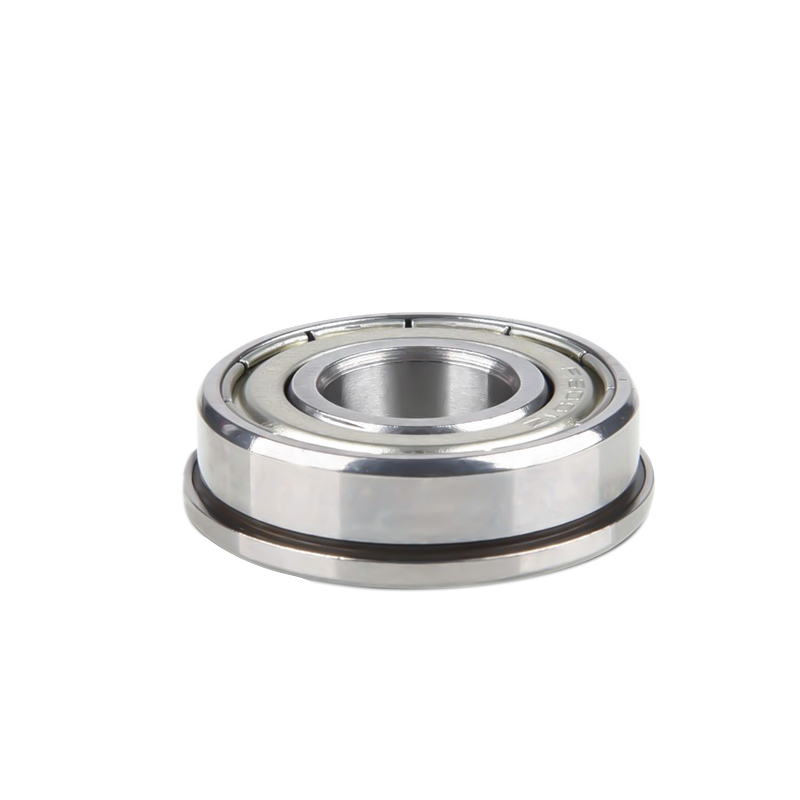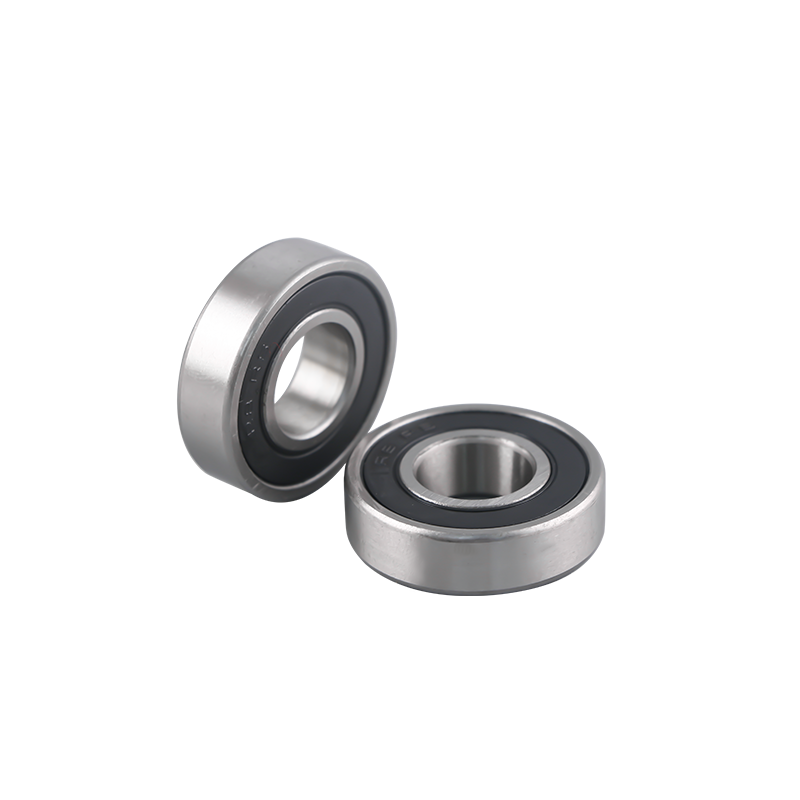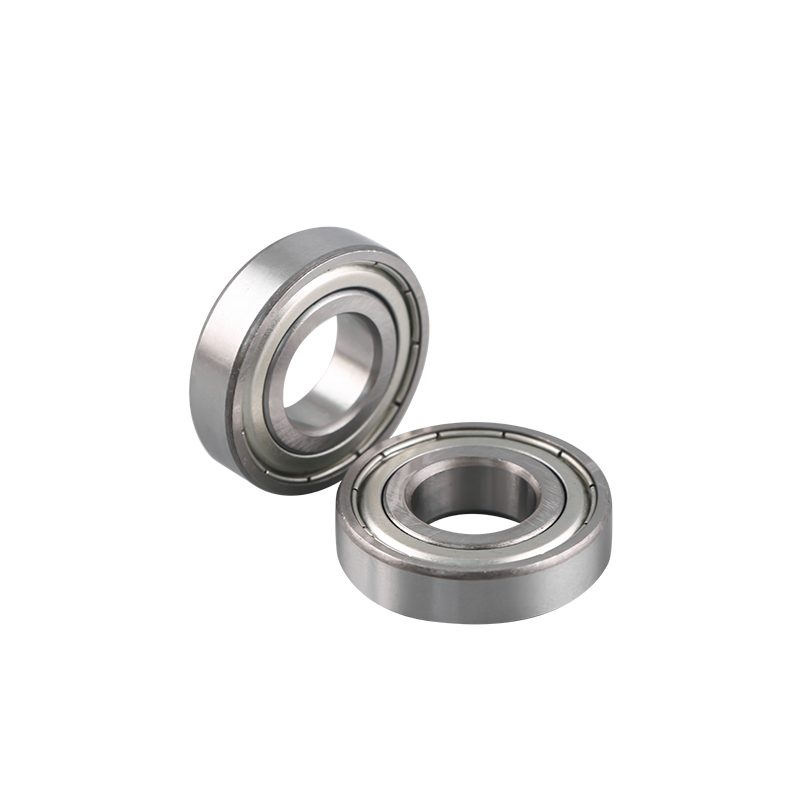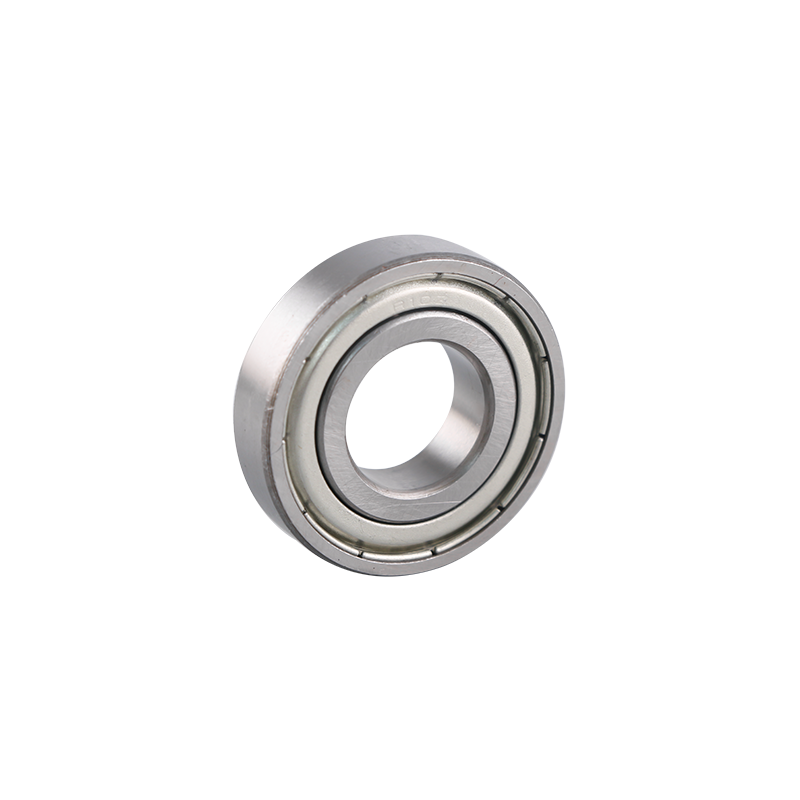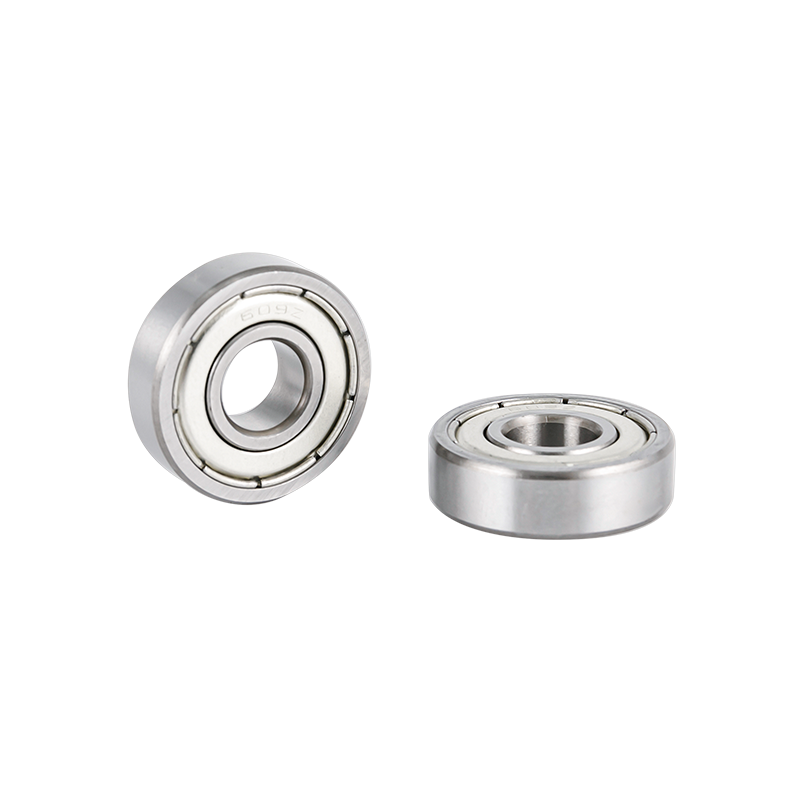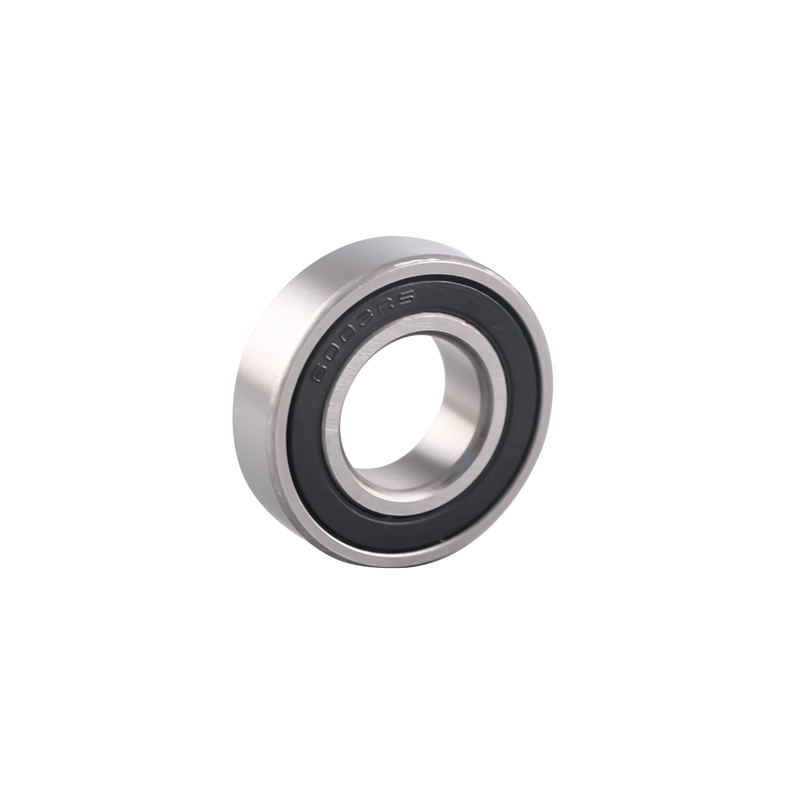The cage of the
miniature ball bearing, also known as the buffer or guide frame of the ball bearing, is an important part of the bearing. The design of the cage directly affects the arrangement and relative position of the balls and the overall performance of the bearing.
Role and function:
The main function of the cage is to ensure the correct spacing between the balls, preventing them from hitting, squeezing or becoming entangled with each other, while maintaining stability within the bearing. Through the design of the cage, the load in the bearing can be effectively dispersed, the friction between the balls can be reduced, and the rotation stability of the bearing can be improved.
material selection:
Cages are usually made of materials such as metal or plastic. Common metal materials include steel, aluminum alloy, etc., while plastic materials such as nylon and polyimide are commonly used. The choice of material depends on factors such as the bearing's use environment, load conditions, and operating temperature. Metal cages usually have higher strength and rigidity and are suitable for higher loads and high temperature environments; plastic cages are often used in applications with low loads, high speeds and high lubrication requirements.
Type and structure:
Cage designs can be divided into many types, the most common of which include narrow groove type, cutting type, die-cast type, etc. Narrow-groove cages ensure that the balls remain spaced apart as they move within them by forming narrow grooves between the balls. The cut-type cage is formed by cutting the metal plate into a sheet shape to keep the balls in different areas. The die-cast cage is formed by die-casting, and its shape and structure can be flexibly designed.
Shape and geometric design:
The shape and geometric design of the cage have an important impact on the performance of the bearing. Some advanced designs use asymmetric or special-shaped cages to reduce the vibration and noise of the bearing during high-speed rotation and improve its stability. The structural design of the cage should also take into account the accommodation and distribution of lubricating oil or grease to ensure the lubrication effect within the bearing.
Manufacturing accuracy:
The manufacturing accuracy of the cage is crucial to ensure the stability and life of the bearing. The precise manufacturing process can ensure that the geometric dimensions, surface finish and assembly clearance of the cage meet the design requirements, thus ensuring the normal operation of the bearing.
